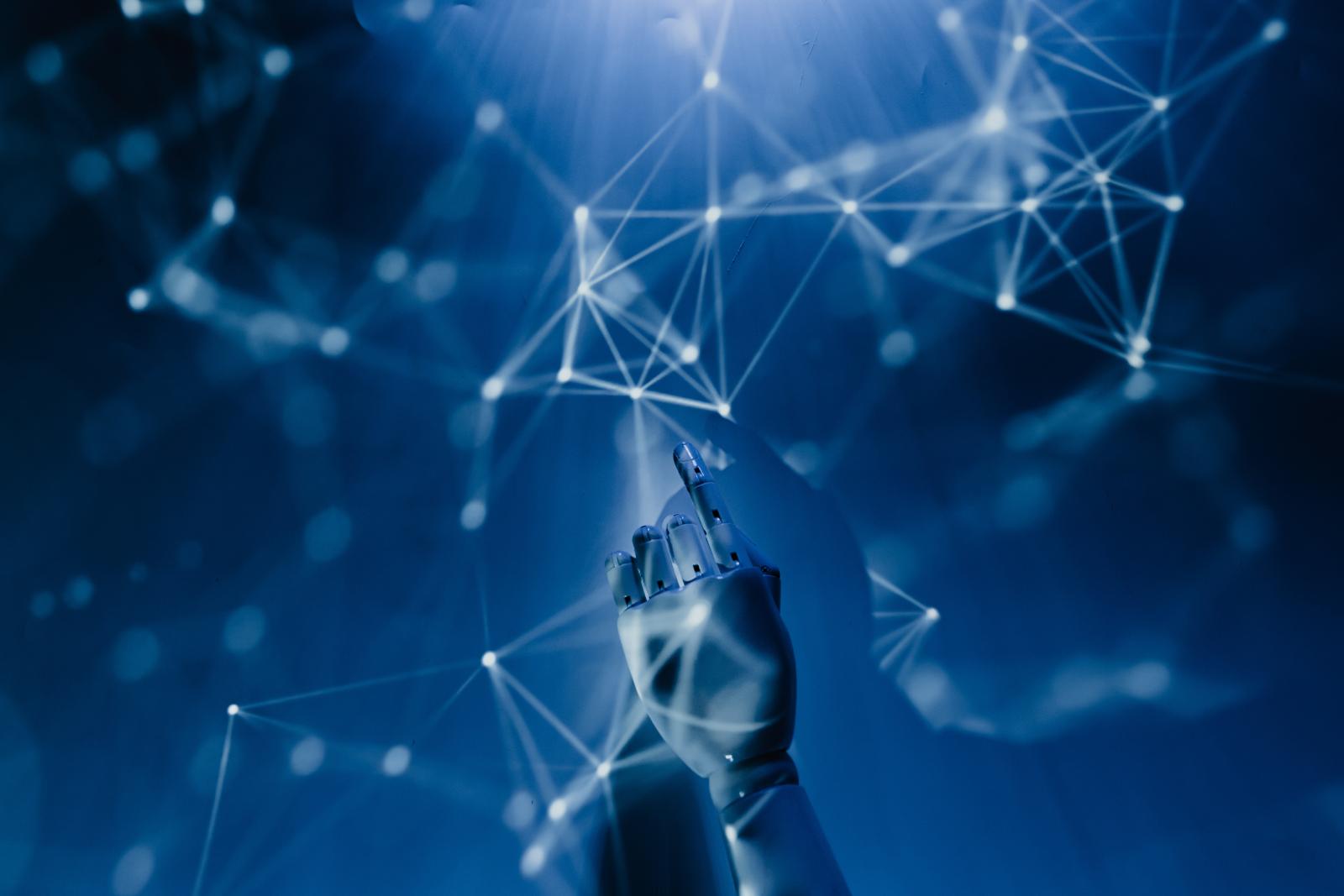
Over the last few decades, technology has transformed social and economic life. Consequently, it has also transformed the security sector. Often referred to as cyber-security, the discipline is no longer limited to police departments and fire services; it has become a booming industry covering all spheres of society. In this blog post, we explore some of the major changes in this area.
1.Bio-metric vulnerabilities
Many technologies deployed to fight crime and terrorism using automatic bio-metric recognition. It works by identifying a person based on their unique physiological characteristics; these include fingerprints, retinal scans, facial features, ear scans, and DNA. All we need then is a database to store such distinctive physical characteristics. Such bio-metric data can be used to identify criminals and terrorists. However, the use of such new technologies has also revealed the glaring security vulnerabilities in the traditional approach to security management. For instance, an individual’s bio-metric data could be stolen and used for fraud.
To make matters worse, many of these technologies do not allow for any human intervention or verification. In addition, there could be several possible attacks that compromise the bio-metric information stored in the database.
2.Artificial intelligence
Artificial intelligence is being used to improve the processes used to identify and secure people. For instance, these systems are expected to improve the efficiency of criminal investigation and investigations into crimes such as terrorism. They will also help security agencies track down missing individuals safely. But it could get more complicated when the system becomes smarter and more intelligent over time. This means that it may learn how to compromise the security of its users in the future.
3.Cloud computing
Cloud computing helps to make information sharing easier. In addition, it helps to improve the storage capacity by using several peripheral devices for storage. This means that there is no need to create large data centers; this also lowers the cost of securing sensitive information in this manner.
4.Cyber-attacks
An organization’s security systems will generally remain the same, but cyber-attacks can change the nature of the threats. Gone are the days when a computer was just a computer. These days, there are many different types of computers and each one can be used for different types of attacks against organizations. The intelligent use of artificial intelligence is expected to improve security and produce more secure systems.
Conclusion
The ability of the human race to create new technologies and implement them safely is a good one. But many dangers threaten our existence. Therefore, it would be wise to be careful in implementing new ways of promoting security in the world. New technologies always come with their challenges and many of them have a large impact on the traditional approach to security management.


